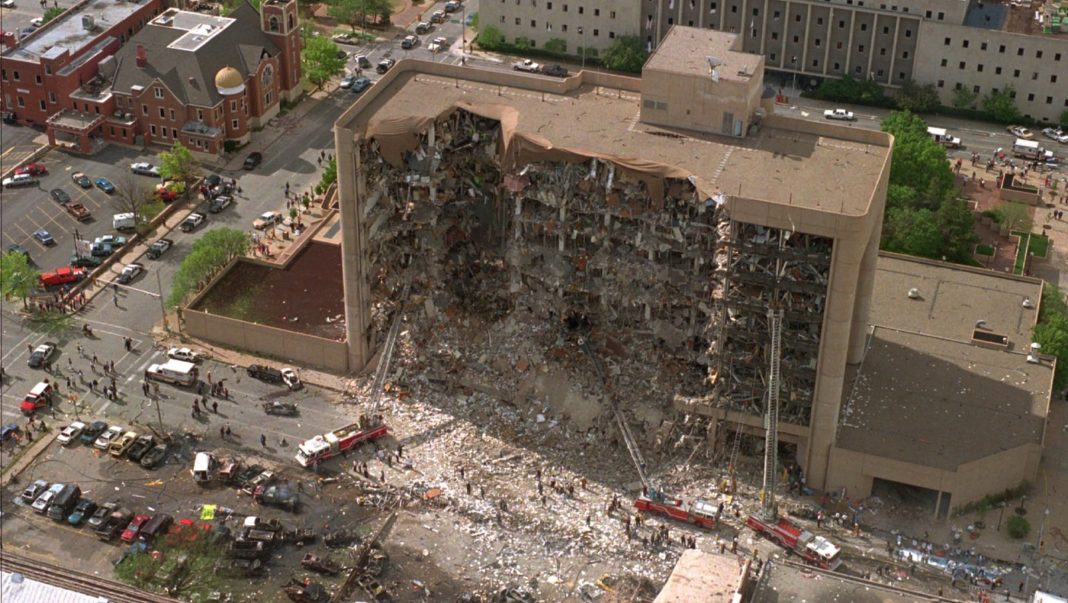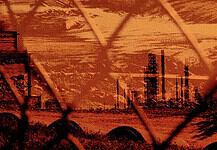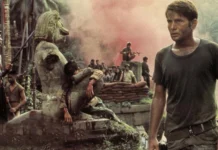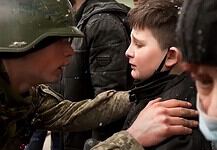Last Updated on April 18, 2024, 4:55 PM | Published: April 18, 2024
Twenty-nine years.
It’s now been twenty-nine years since the deadliest act of domestic terrorism in American history shocked the nation and devastated Oklahoma City to its core.
In the aftermath of the horrific bombing of the Alfred P. Murrah Federal Building on the morning of April 19th, 1995 – taking the lives of 168 people – there were manhunts, trials, questions, conspiracies, tributes, memorials, and lingering scars that sometimes still bleed like open wounds.
But were there also lessons to be learned? Were there ways to understand what led to such evil and how to prevent that same rot from taking hold in others’ minds? Could we at least stop things from getting worse? Did we even try?
Those are the central questions at the heart of HBO’s new documentary, “An American Bombing: The Road to April 19th,” in which OKC’s darkest, most tragic day is given the modern “true crime” treatment.
Viewers looking for a reverent, retrospective tribute to the attack’s victims and survivors aren’t going to find it here. That’s not what director Marc Levin and producer Daphne Pinkerson are trying to do with the new streaming documentary.
Anyone who was an adult in 1995 – especially any Oklahoman – will likely have the emotions and memories of the days and months following the Bombing burned forever into their minds.
Some viewers might find it too painful to relive the often graphic, unedited footage from the ground. Some might not want to relive the seething, hateful rhetoric and racism that so informed bomber Timothy McVeigh’s mentality. If that sounds like you, then steer clear.
Simply, if your memories of the Bombing are still clear as day, then this documentary really isn’t for you.
Levin has made it clear that the intention behind “An American Bombing” is to present the story and the context to new, younger viewers.
For better or for worse, that means employing the by-now recognizable documentary language of “true crime.”
Many in the key audience of the true crime genre are in their 20s or 30s now, either not born when the Bombing took place or far too young at the time to have understood the complexities and sprawling connections to be made.
As such, the film opens with home movies of some of the young children killed before pivoting to the immediate aftermath of the attack and the graphic images of bloodied survivors and desperate OKC residents rushing toward the still burning, smoking Murrah Building.
The carnage and tragedy are clearly on full display for anyone experiencing the event so visibly and viscerally for the first time.
For any Oklahoma City viewer, seeing our Downtown at the center of something so terrifying will always be surreal.
The documentary is front-loaded with the shock, the horror, the sadness, and the unimaginable death toll, focusing most heavily in its opening minutes on the 17 children and babies killed.
But it needs to focus so heavily on that horror upfront because much of the following hour-plus is spent teetering on the edge of the most problematic of true-crime holes, at times seeming to over-humanize and even glorify McVeigh.
The true crime genre is criticized often for going to unnecessary lengths to present the motivations behind a killing and to paint their murderous subjects as main characters and even as heroes of their own stories.
“An American Bombing” comes, at the very least, dangerously close to falling into that trap.
Levin’s clear intention is to fully explore the deeply rooted hate behind McVeigh’s despicable act as well as the boiling groundswell of anti-government sentiment and fringe right-wing militia groups that cropped up across the country and thrived in the 70s, 80s, and early 90s, inspiring and even training McVeigh.
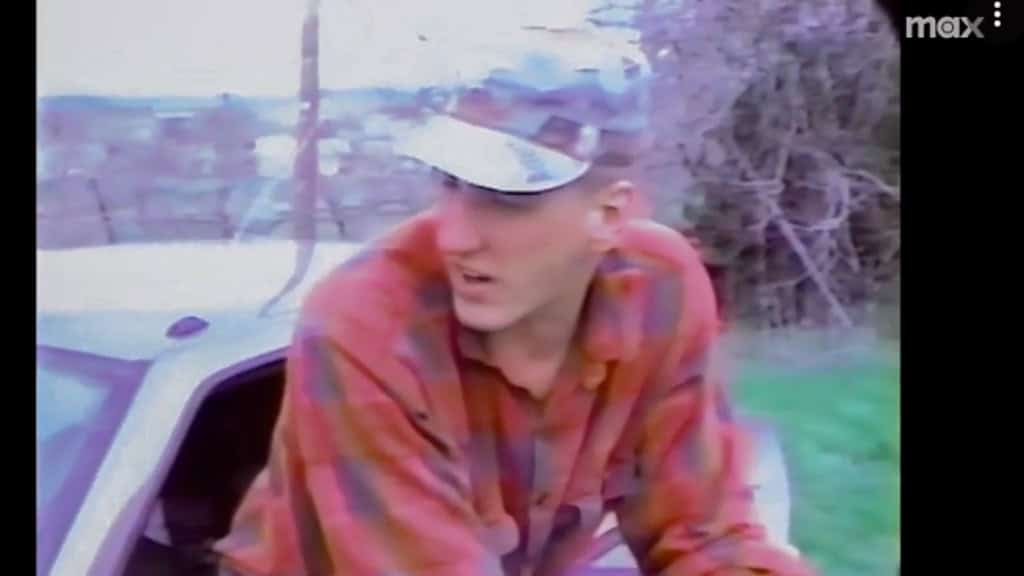
Many viewers (especially weakly informed younger audiences) will be shocked to learn all about how right-wing extremist plans to destroy the Murrah Building stretch back to at least 1983.
They’ll be disheartened at the deadly bungling of the Ruby Ridge Incident and disgusted at the absolute disaster that was the federal government’s handling of the Branch Davidian Incident in Waco, Texas.
Levin lays all of this out carefully, intending to break down the ways that McVeigh was radicalized by gun obsession, economic degradation, racism, ultra-conservative rhetoric, and Gulf War military service. Also, it draws direct parallels to our country’s current political discourse.
But in doing so, the film comes uncomfortably close to sympathy for McVeigh, casting him, by the end, as a disenfranchised loner suffering from PTSD and sobbing breakdowns, arguably justified in his hatred of the government after everything from the farm crisis to Waco.
It’s easy to imagine that if there was someone currently on the fence about committing a similarly heinous, murderous act of defiance and war against the government, seeing this documentary could potentially make them more likely to do so, not less.
That becomes especially concerning in the film’s final act when the focus is shifted to the present day and the increasing mainstreaming of outright hate, racism, homophobia, and violent anti-government rhetoric, exemplified by the deadly attack on the US Capitol on January 6th, 2021.
Simply, if your memories of the Bombing are still clear as day, then this documentary really isn’t for you.
Levin is making it crystal clear just how terrifyingly close we are to another domestic attack like the Bombing, while simultaneously seeming to almost romanticize McVeigh’s cowardly crusade.
Maybe there’s no way around that, though.
In putting together a documentary tracking the blunt facts of McVeigh’s life and considering how easily the people on the fringes of American society can become radicalized, maybe there’s just no avoiding the appearance of sympathy and understanding.
Maybe that’s why it feels so gross and uncomfortable to think that this film might be glorifying or romanticizing McVeigh. It feels like something similar could so easily happen again right now and we don’t need anything to help tip the scales.
In addition to the victims’ families that are featured prominently throughout, the interviews range from countless lawyers, analysts, reporters, former right-wing extremists, and members of law enforcement.
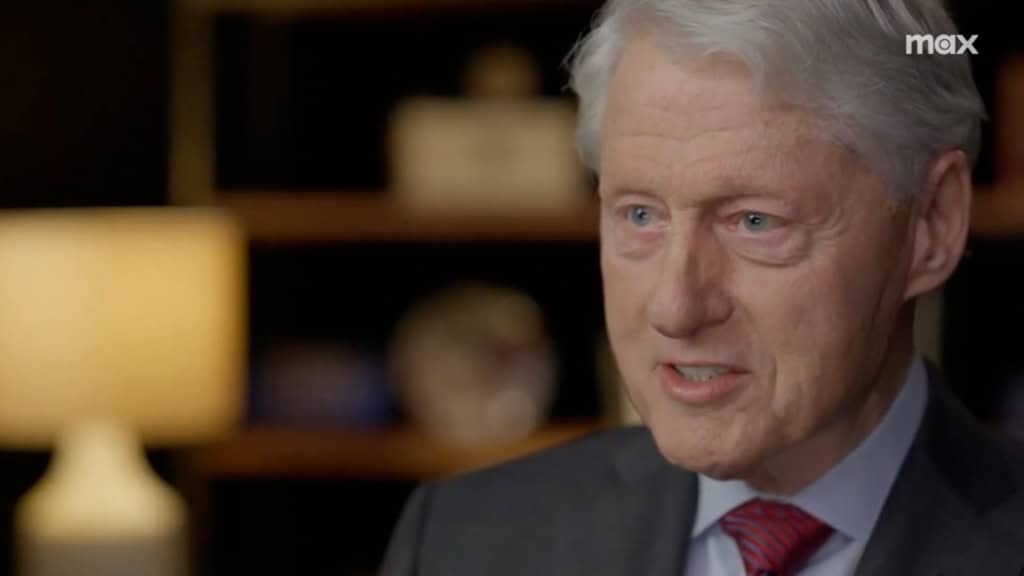
But the recurring interview that anchors much of “An American Bombing” is a candid, uncharacteristically direct conversation with Former President Bill Clinton, whose insights into the Bombing, the government’s response and prosecution, and even the history of fringe paramilitary groups in Arkansas during his time as Governor are all indispensable.
He delivers the film’s chilling central thesis when discussing the modern mainstream platforming of hate and vilification propped up by certain pundits and leaders, even right here in the same state still reeling from the Bombing twenty-nine years later.
It often feels, Clinton says, “like McVeigh won.”
“An American Bombing: The Road to April 19th” is streaming now on Max.
Brett Fieldcamp has been covering arts, entertainment, news, housing, and culture in Oklahoma for nearly 15 years, writing for several local and state publications. He’s also a musician and songwriter and holds a certification as Specialist of Spirits from The Society of Wine Educators.
